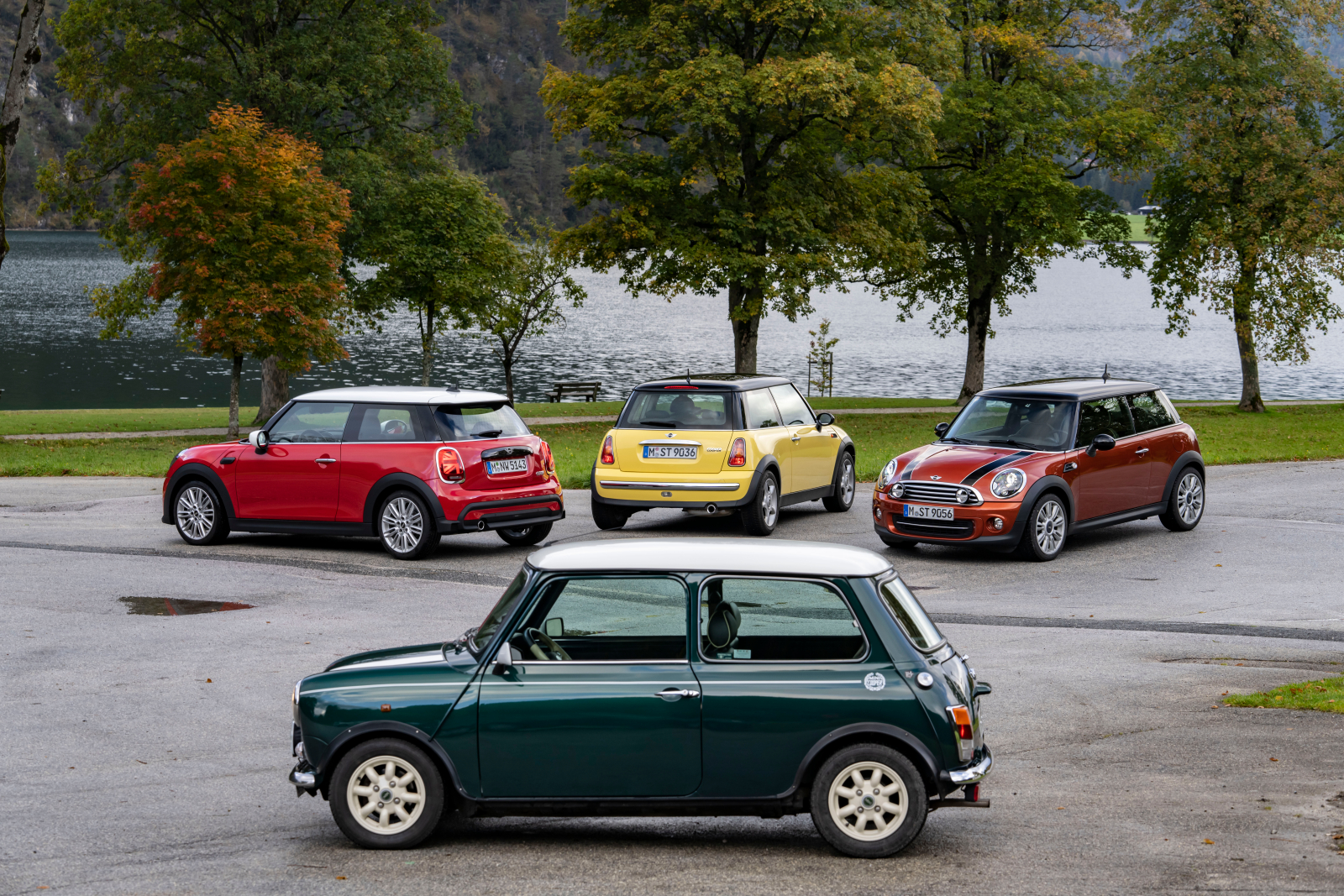Sixty years ago, the London suburb of Surbiton must have seemed like a paradise for automotive fans with a bit of mechanical skills. There were car parts, scrap metal, and tires everywhere. In the background is a dedicated father busily working on cars and bikes in a garage. It certainly seemed like paradise for John Cooper whose childhood shaped who he will eventually become; a renowned racing car engineer after the end of the Second World War.
Today, John Cooper’s name has been associated to his legendary success in Formula One. He was also credited for the sporty models from the MINI brand. In 1959, the revolutionary classic Mini was introduced, but it was John Cooper who was responsible for the release of its more powerful variant some two years later. The Mini Cooper’s high agility and spirited power immediately caught people’s attention. Even after 60 years, the names of the very traditional British car manufacturer and the legendary sports car engineer are often said together. And since then, the Mini Cooper has been synonymous with driving fun and minimal external dimensions.
No Subscription? You’re missing out
Get immediate ad-free access to all our premium content.
Get Started



